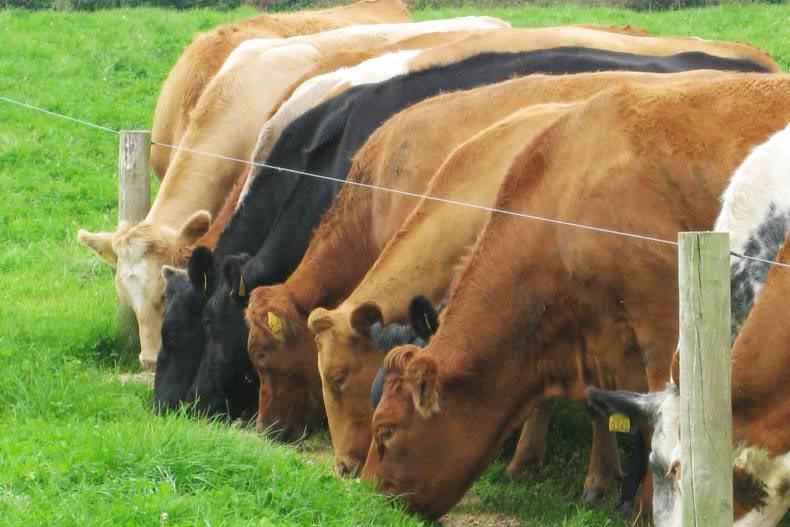This reduction is likely to leave finished cattle supplies tight for the next eight to 10 months. The current tightness in supplies will be short-lived, as there has been a 155,706 increase in the number of cattle aged under 18 months.
Cattle bred to dairy sires have also seen some changes, with 46,629 fewer animals aged between 12 and 36 months. Within that age bracket there has been just over 3,000 head increase in females.
The tightening in numbers has stemmed from a sharp drop in calf registrations in 2013, with in the region of 100,000 fewer animals born. This hides an increase in dairy births in that year, with suckler calf births falling by more than 120,000. Also contributing to the reduction was lower live exports in 2013, with exporters for dairy-bred and suckler-bred animals priced out on the market by farmers.
Looking closer at 2015 calf birth registrations, there have been 79,595 more calves born to beef sires compared with the end of July last year according to the latest figures from AIM. This includes an increase in Angus and Hereford calves born from the dairy herd. 16,293 more calves were born to a dairy sire this year, just 17% of the overall increase in calf births. Approximately 10,000 of these were female, with the unbalanced female to male ratio likely stemming from dairy farmers using sexed semen.
Prime cattle
Bord Bia reports that prime cattle supplies for the year to-date have been stronger than expected because of higher numbers of animals being finished out of the shed in spring and off grass earlier in the grazing season.
The main categories to have experienced declines have been cull cows and young bulls. Cull cows have fallen by 11%, reflecting the relatively young herd profile on most dairy farms and post-quota expansion. Young bulls are down 28%, reflecting farmers’ reaction to market difficulties last year.






 This is a subscriber-only article
This is a subscriber-only article











SHARING OPTIONS: